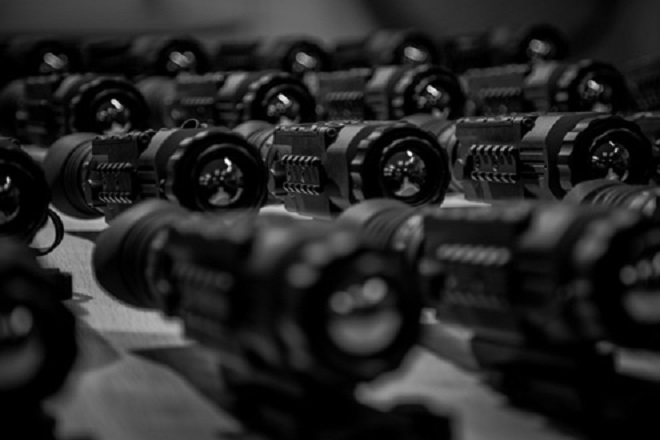Night vision goggles are electrical gadgets that enable the user to perceive in absolute dark, more clearly. They provide a substitute to conventional night vision technology that does not need the use of one’s palms. Although consumer-grade night sight glasses are accessible, they are frequently employed in the army and law security contexts.
These are usually rather costly, with best of the versions costing thousands of USD. Because night vision glasses (also known as NVGs) do not have enough magnifying, the distance of the object people view is equivalent to just what one’s unassisted eyesight would have seen.
Goggles are less common than any night vision devices including binoculars, monoculars, and cams among the wider population. Low-light surveillance, shooting, and animal observation are all common uses for these gadgets. Best Night vision goggles come in a variety of styles. Image amplification and thermal cameras are indeed the two main forms of night visibility goggles and devices.
Enhancement of the image
Image amplification, often known as picture amplification, is what most individuals develop a strong sense of night mode glasses. That’s the one where it is all covered in a thick layer of green paint. The following is how image modifiers work:
- Light penetrates the picture enhancement glasses, which itself is made up of microscopic components called photons. Such environmental light is frequently acquired from the moonlight, stars, or nearby fluorescent lamps in low-light conditions.
- The glasses alter the behaviour of incident photons by converting photons to electrons and then again to photons. The lighting is brightened or intensified as a result of this procedure.
- A greenish tint filter may be applied to the magnified picture to render it easier and convenient to see.
- As the enhanced photons reach human eyes, the previously dim sight becomes clearer.
Thermal imaging
Whenever a low light gadget employs thermal cameras, it converts intangible warmth into an image plane of colour. Thermal photography technique, with the exception of image amplification, can function in complete blackness as far as anything is emitting heat. Mostly on em spectrum, every illumination and emission have a place.
The deeper the radiation in the spectra, the narrower the wavelengths. Only such a small portion of its size is visible to human eyes. People can see this light energy everywhere. There are many websites such as tacticalcache.com where one could get more information about these night vision goggles and can have a better understanding of these gadgets.
Thermography, on the other hand, allows humans to see infrared (IR), and that’s ordinarily undetectable to the unaided eye. Warmth is related to thermal energy and items that possess higher heat release greater infrared rays. Different degrees of heat are shown as brilliant colours in certain thermal low light equipment.
Warmer items appear in warmer colours such as reds and oranges, whereas cooler objects appear in colder hues like blues, greens, and purples. Some thermal imaging technologies show pictures in light and dark, with hotter items appearing lighter and colder ones appearing darker.












+ There are no comments
Add yours